Technology major Ricardo outlined the major changes we can expect from the new Euro 7 emission regulations for vehicles in the future.
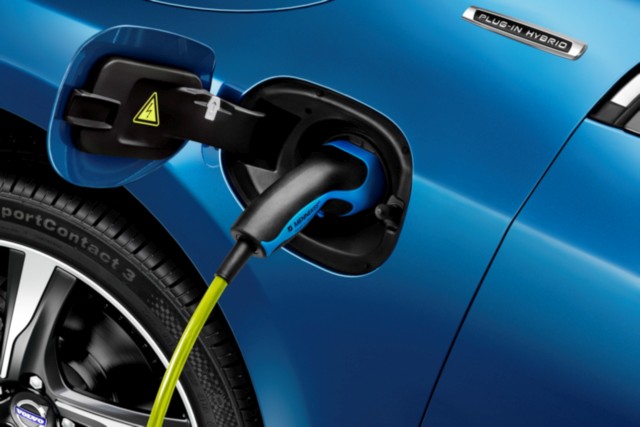
The environment has been constantly changing, and for the worse, as we’ve seen, whether of not we accept it yet. The pandemic and the global lockdown that followed soon after showed that human intervention in the way of things, just by existing normally, can be hazardous to our own as well as the health of other beings that share this planet.
Technology major Ricardo have, in a panel consisting of Global Technical Expert – Emissions Measurement and Standards Jon Andersson, Global Technical Expert – Exhaust Aftertreatment Dr Matthew Keenan, Global Technical Expert – Gasoline Combustion Dr Richard Osbourne, Head of Engines and Emissions Control Products Phil Hopwood, Chief Engineer – Engines and Emissions Control Ben Shalders, and Chief Engineer Dave Bennet, conducted a webinar to discuss potential changes that Euro 7 emission norms may bring in.
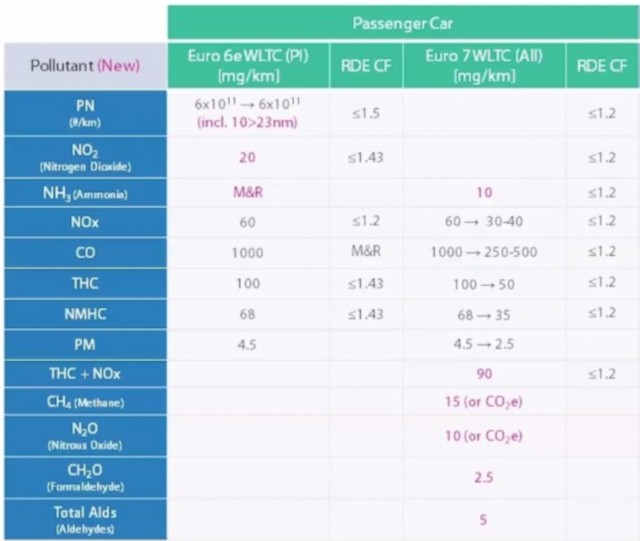
Ricardo project Euro 7 restrictions
1) When will Euro 7 come into effect?
For passenger cars, first, there will be the latest of the Euro 6 norms, potentially, again, Euro 6e following a return to a – new – normal post the COVID-19 pandemic somewhere around 2025. The next step – full Euro 7 regulations – are not expected for another decade.
2) What will Euro 7 bring in?
These changes could well include adding more parameters to the emission check, dividing those already existing into specific subcategories, making existing restrictions even stricter, adding on-board monitoring (OBM) and even make changes to the test cycle itself.
3) What will be changed for Euro 7?
Values for permissible pollutants will be changed, being tightened much further. There is expected to be only one set of regulations for combustion engines – no separation of positive/spark-ignition (petrol/gasoline), with either port injection or direct injection, or compression-ignition (diesel). That puts pressure on either side in different situations, as we shall see.
Second, as mentioned earlier, is the introduction of On-board Monitoring (OBM) and not just diagnostics, for real-time on-board analysis of real-world tail-pipe emissions. This moves the lab to the car.
Third, the actual test cycle will move from the bed or short range. The WLTP (Worldwide-harmonized Light-vehicle Test Procedure, WHTC (Worldwide Harmonized Transient Cycle, and RDE (Real-world Driving Emissions) will also become a mainstay and the ground rules, so to speak, with temperature ranges changing: going from minus 7 degrees Celsius to plus 35 degrees Celsius (-7°C to 35°C) and over a longer 14-kilometre range; much more demanding for different fuel types regardless of which way anyone looks at it.
4) What’s new for Euro 7 emission regulations?
The pollutant categories are where we will see major changes being implemented. Major pollutants for the tests will include more stringent values for Carbon Monoxide (CO), Carbon Dioxide (CO2), Non-methane Hydrocarbons (NMHC), Oxides of Nitrogen (NOx) potentially split into Nitrogen Dioxide (NO2) and Nitrous Oxide (N2O), Particulate Matter (PM), Particulate Number (PN), and will also now include maximum values for Ammonia (NH3), Methane (CH4), Aldehydes and ketones, PAH (Polycyclic Aromatic Hydrocarbons), Isocyanic Acid (HNCO), and other resultant alcohols.
And where they originate from will also play a role. These include the DOC (Diesel Oxidation Catalyst), SCR (Selective Catalytic Reduction), Lean NOx Trap (LNT), TWC (Three-Way Catalytic converters) as well as Non-catalytic elements such as friction components like brakes and tyres.
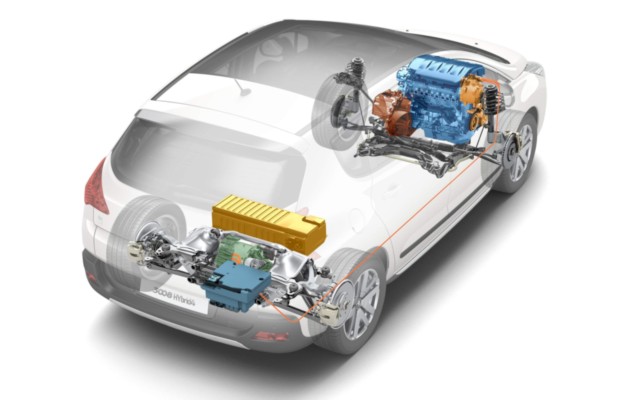
Peugeot 3008 Hybrid4
5) Will petrol engines meet Euro 7 restrictions?
This is a pertinent question as petrol engines have a higher CO2 rating compared to diesel engines. Also, there are considerable NOx emissions in the early stage of the proposed test cycle, data has shown, that will not allow them to meet the minimum mg/km target within the 14-km test cycle for Euro 7 emission tests. Heated catalysts such as Continental EMICAT on a 48-volt system would need to be adopted. While CO meets Euro 6’s eight-km cycle, the 14-km cycle could pose a threat for many engines.
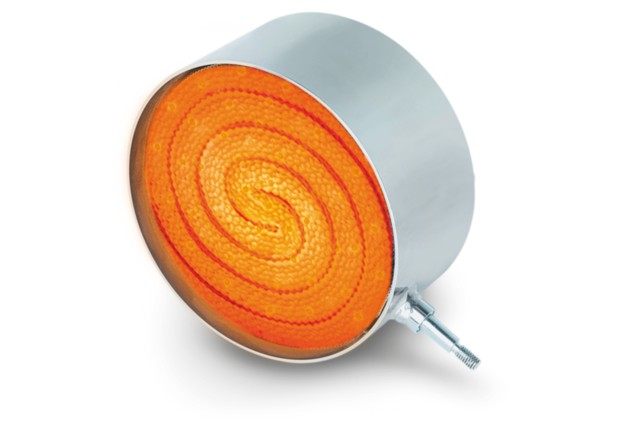
Continental EMICAT fuel-saving electric heatable catalytic converter on 48-volt system
With ammonia being added to the list of measured pollutants, it poses a challenges for petrol engines and the focus will be on air-fuel ratio (AFR) control and the TWC formulation of NH3 and N2O.
There will be move to more turbocharged and direct injection engines with higher injection pressures: up from around 300 bar to between 400 and 600 bar, with the pump driven by an auxiliary shaft and use of forged fuel-rails. Even so, meeting the stricter PN requirements will surely pose a challenge even with a gasoline particulate filter (GPF) installed.
The move to electrified powertrains, whether mild, parallel or plug-in hybrid, seems inevitable to reduce consumption when overcoming initial inertia and accelerating when the need to overtake arises, among others.
6) What about diesel engines? Will they meet Euro 7 norms?
This is where things get interesting. And the answer, in one word, is yes. Diesel engines inherently have higher low-down torque and better pulling power. Modern diesel engines are far cleaner than ever before, and with advanced heated catalytic converters in the exhaust system, some existing plug-in hybrid diesel models record far fewer NOx emissions than prescribed even in real-world driving cycles.
The challenge will now be to ensure the EHC, or electrically heated catalysts, work from the the get-go with minimal energy sapping. The new test cycle’s lower temperature will pose a challenge for less advanced systems. Thus, diesel plug-in hybrids may be the only form of powertrains that actually meet these incoming norms even today. Read more on our feature discussing diesel plug-in hybrids as future-proof solutions from back in 2018 for more. That also means, a conventional car, then, is not going to come cheap. A move to more affordable, cleaner, safer and dependable public transport mass-transit systems are crucial to truly reduce the burden on the environment.
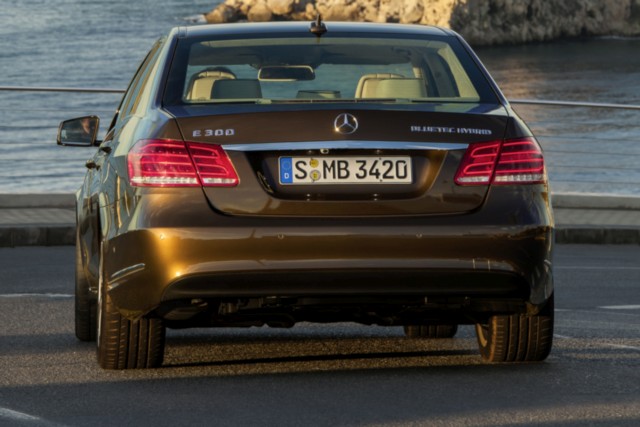
Mercedes-Benz E 300 BlueTEC Hybrid diesel PHEV
7) What role will fuel and fuel quality play in the move to Euro 7?
Fuel quality is obviously going to play a significant role in reducing emissions and getting properly refined, high-quality fuel is a critical step in achieving lower emissions in the first place. It’s paramount because, as seen with BS6 cars in India, the quality of fuel will affect the performance of the several sensors and advanced electronic systems present.
The move to biofuels with higher ethanol content will also be considered. There are cars in Europe using flex-fuel up to 85 per cent ethanol for over a decade now and full 100 per cent ethanol is also a possibility if one considers its source and processing requirements. In India, it would seem like an option to pursue in the quest to reduce import of fuel and support localization. What the then BS7 norms will bring, we will have to wait and see.
Also read: Diesel, Electricity and Air – A Look at Future Propulsion




















Leave a Reply